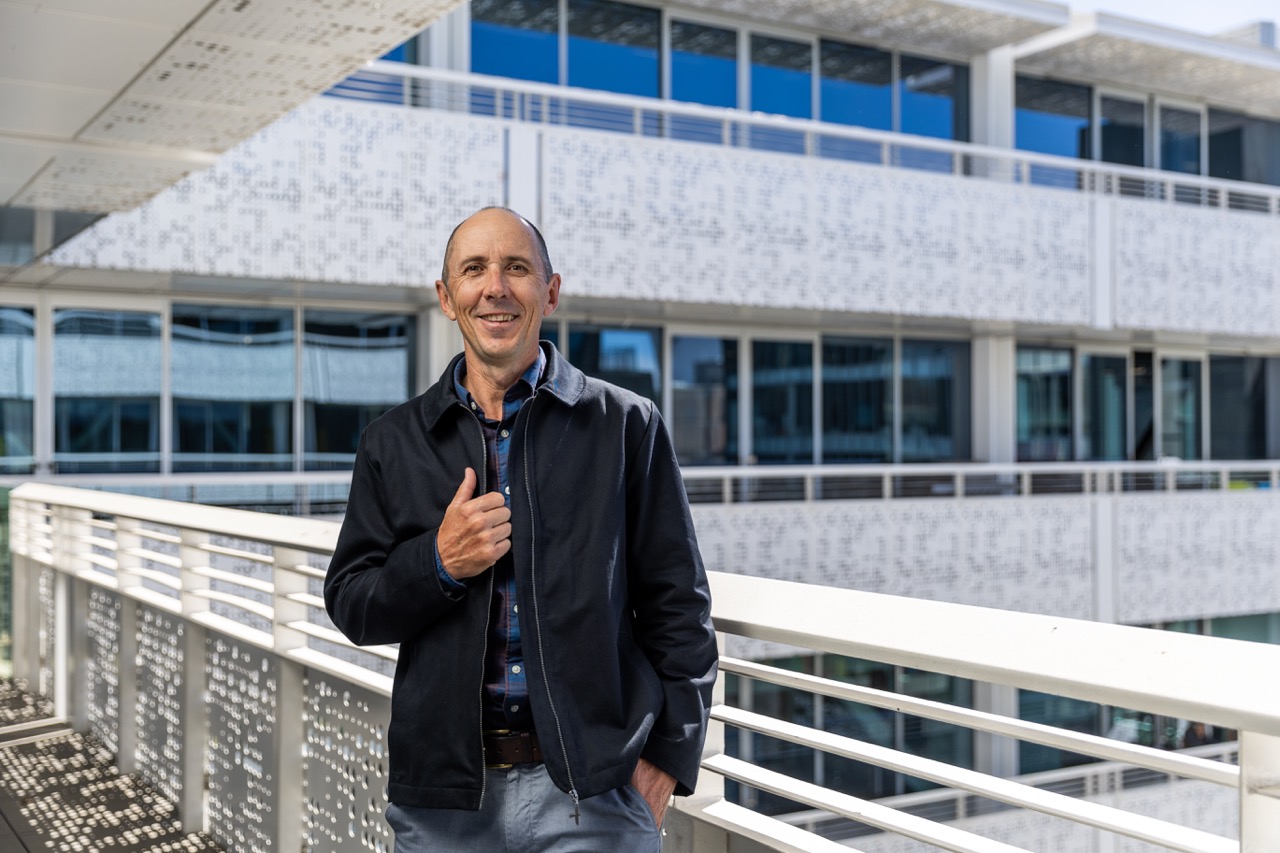After running more than 50 one-on-one follow-up calls with professionals, senior managers, and executive leaders, I've stopped being surprised by what people bring to the table.
These are not junior team members still learning the ropes. These are capable people. Smart people. People leading multi-million dollar projects, coordinating national teams, or representing the voice of their organisation.
And yet... behind the title, behind the role, behind the workshop workbook... there’s always something more.
This article is about that. What people didn’t say out loud until the follow-up call. What they were wrestling with beneath the surface. And what actually changed.
The Patterns
By the tenth or twelfth call, I’d started to hear the same sentences on repeat:
“I hate how I sound on camera.”
“I ramble, but I don’t mean to.”
“I just want to feel like I’m not faking it.”
“I’ve been told to just speak up more, but no one tells me how.”
Even though each person came from a different industry, role, or region, they were all bumping into the same invisible barrier:
They knew something didn’t feel right. But they couldn’t name it.
Until we talked.
What I started to see was that most people weren’t struggling with "public speaking" at all. They were struggling with:
- The anxious speaker impulse to over-prepare, over-pack, and over-perform
- The avoidant speaker instinct to wing it and deflect with humour or self-deprecation
- A total lack of structure
- Deep-rooted nervousness around being judged, misunderstood, or just... not good enough
They knew what to say. But not how to say it. Or when. Or why it wasn’t landing.
And sometimes, it only took a sentence or two of feedback for the lightbulb to go on.
The Pain
Beneath the patterns is pain. Sometimes technical. Often emotional.
I’ve sat on calls with senior leaders who were visibly frustrated:
“I should be better at this by now.”
Others were quieter. More guarded. But the fear still came through:
“I watch myself back and cringe. I hate it.”
The pain showed up in a few recurring ways:
- Perfectionism: The belief that unless it’s flawless, it’s a failure
- Shame: Embarrassment about past speaking moments that didn’t go well
- Resentment: Being asked to present without support or guidance
- Self-doubt: Constant second-guessing of tone, message, or energy
- Silencing: Avoiding opportunities to speak because it feels too risky
These are smart, successful people. But the emotional load of communication - especially when it’s public, high-stakes, or visible - can hit hard.
And it’s not always about speaking. Sometimes it’s about being seen.
The Shift
This is where the magic lives.
The shift didn’t always happen during the call. But it always started there.
I watched people go from frantic to focused. From self-critical to self-aware. From stuck to in motion.
Sometimes, it was a structural fix:
Turning a rambling 5-minute monologue into a 3-part message with a clear close.
Sometimes, it was technical:
Helping someone lift their camera to eye level so they stop looking down at their audience.
And sometimes, it was entirely emotional:
A moment of silence, followed by: “Wow. I never thought of it like that.”
Some of my favourite moments:
- A leader who discovered the power of pausing for the first time. No more rushing.
- A manager who realised their humour was hiding their message... and decided to drop the mask.
- A presenter who finally let themselves stand while delivering on Zoom, and felt the difference.
- A first-time speaker who shifted from “I hope this is okay” to “I’m proud of what I shared.”
The truth is, you can’t always see transformation from the outside. But when someone feels it? You can hear it in their voice.
Final Thoughts
If you’ve ever walked away from a talk or a meeting thinking:
“That didn’t land.”
“I could’ve done better.”
“Why do I sound so unsure?”
You’re not alone.
And you’re not broken.
The truth is, speaking isn’t just about confidence. Or slides. Or stage presence.
It’s about clarity. Practice. Structure. Ownership. Presence. And sometimes, permission.
What these 50 calls taught me is this:
The most powerful communicators aren’t the most polished. They’re the most prepared, the most intentional, and the most human.
And the shift starts the moment they stop trying to perform... and start learning to lead with their voice.




